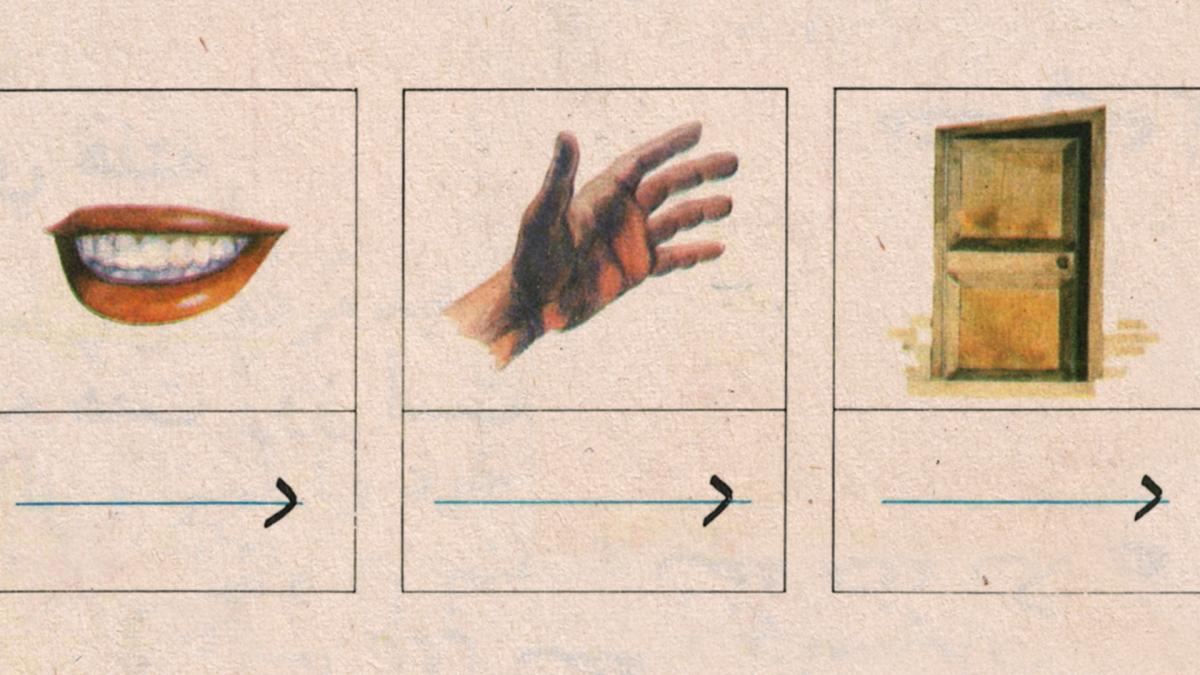Within the confines of a classroom in Brussels, filmmaker Sanaz Azari learns to read and write in her native tongue, Persian, using a textbook dating back to the Islamic Revolution. Guided by a teacher, she acquires the language basics, which is also a gateway to Iran's history and culture. Throughout the film, the didactic language lessons give way to a poetic, visual collage that questions the concept of freedom and the meaning of revolution.
“There are the lessons which follow from a seamless morphology. An image of bread suggests its lack, a lack of work, humiliation; an image of a tree suggests hanging, execution. Images become words, words become script, script becomes historiography. But Azari's linguistic naïveté, her beginning again from scratch, holds other possibilities, too. Words shift and signify in different directions, themselves inscribed with new meanings, echoes, futures.”
The Brooklyn Rail, Leo Goldsmith
“When I started making the film, I posed lots of questions about Iran’s future, and the closer I got to my subject the fewer answers I found. Just like the image of the frame, where the closer we get to it, the more blurred, the more ill-defined the pattern becomes. And so we enter into a sort of abstract shape, a new space where each of us, I hope can construct our own image.
Sanaz Azari
“I for Iran is a film whose radicalism lies above all in its delicacy, the delicacy of the sounds of the Persian language, the delicacy of the outdated illustrations, the delicacy of the poetry of Hafez or Forough, the delicacy of the hand of the young woman and her softly hoarse voice, the delicacy of the gaps that Sanaz Azari introduces between the words, the sounds, the images and the spaces. It is a film about the delicacy resisting all tyrannies […].”
Laurent de Sutter



